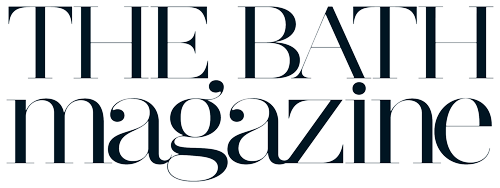Kimonos are an iconic and familiar statement of Japanese culture. And yet how much do we actually know about them? A new exhibition at the Museum of East Asian Art will help to paint a more comprehensive picture.
The kimono is an intrinsic part of the Japanese culture, and similar garments can be traced right back to the Japanese Heian Period (794-1185). And yet the name ‘kimono’ (meaning ‘the thing to wear’) was not adopted until the mid-19th century. It was first worn with the hakama, a type of long skirt or a type of apron known as a mo. When the hakama was dropped, the obi (the wide sash worn around the waist) was introduced to hold the robe closed.
It is the pattern and not the cut of the garment that is significant in a kimono. The choice of colour and decoration indicates social status. Personal identity and cultural expressions are expressed through colour and decoration. The choice of obi and accessories, such as combs and pins worn in the hair, are also important.
The Museum of East Asian Art’s new exhibition Kimono: The Making of a Cultural Icon aims to uncover the significance of this familiar piece of clothing. The first half of the exhibition is a collection of 25 Japanese woodblock prints that follow the change in styles of the kimono, from a time when it was only worn by the elite to its influence on fashion designers today. The second half celebrates the accessories associated with kimono wearing, which are hung from the belt: small, exquisitely detailed carvings called netsuke, and lavishly decorated boxes called inro. In the centre of the gallery will stand a beautiful 1920s red silk Kimono embroidered with flying cranes and pine trees.
The collection of prints, on loan from The Ezen Foundation, charts the changes in kimono style through a series of brightly coloured and highly detailed woodblock prints dating from the 1820s to the 1950s. They show lavish, multi-layered, imperial kimonos only available to an elite few, the early influence of western styles, kimonos worn by musicians and dancers, and those attending tea ceremonies. The exhibition also looks at the many laws that have governed the wearing of kimonos in the past.
As kimono don’t have pockets, small compartmentalised boxes (inro) were made to allow the wearer to keep things like money, tobacco or medicines on their person and the making of these became a celebrated art form. The exhibition includes lacquerware inro lavishly decorated with gold dust and set with mother of pearl, a box carved to realistically resemble a tortoise, and one covered with inlaid flying cranes.
Netsuke are the toggles at the top of the cord that hold the inro together and prevent it falling from the waistband where it is worn. On display are a selection of 38 miniature, intricate carved netsuke dating from the 1700s to 1900s. These include animated animals and mythical beasts, characters from Japanese folklore and delicate studies of working people.
Kimono: Making of a Cultural Icon offers visitors the chance to see the kimono’s changing style depicted in the art of Japanese woodblock prints alongside the ornate accessories that made the wearing of the kimono a little more practical and a lot more stylish.
The display of some 50 accessories that were essential in the wearing of kimono, particularly amongst men, has been made possible thanks to a generous loan from The Royal Cornwall Museum in Truro.
Kimono: The Making of a Cultural Icon, 5 July – 14 December;
Museum of East Asian Art, 12 Bennett Street, Bath
meaa.org.uk


